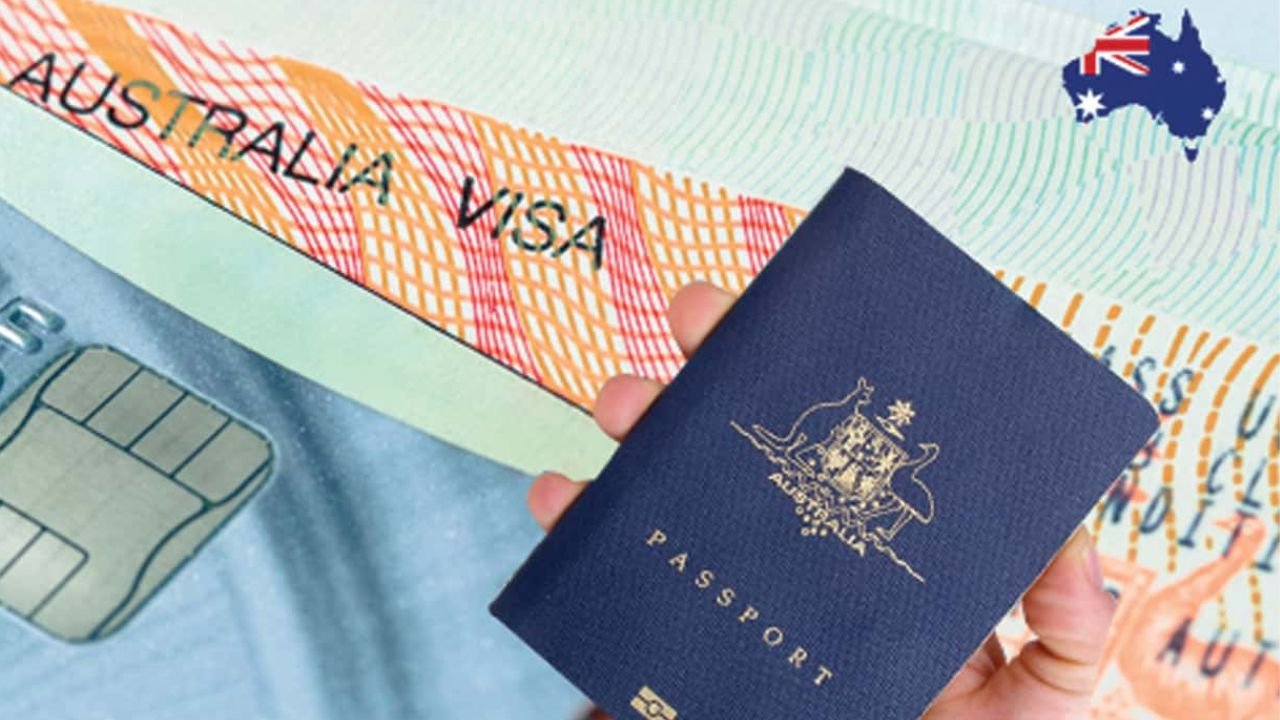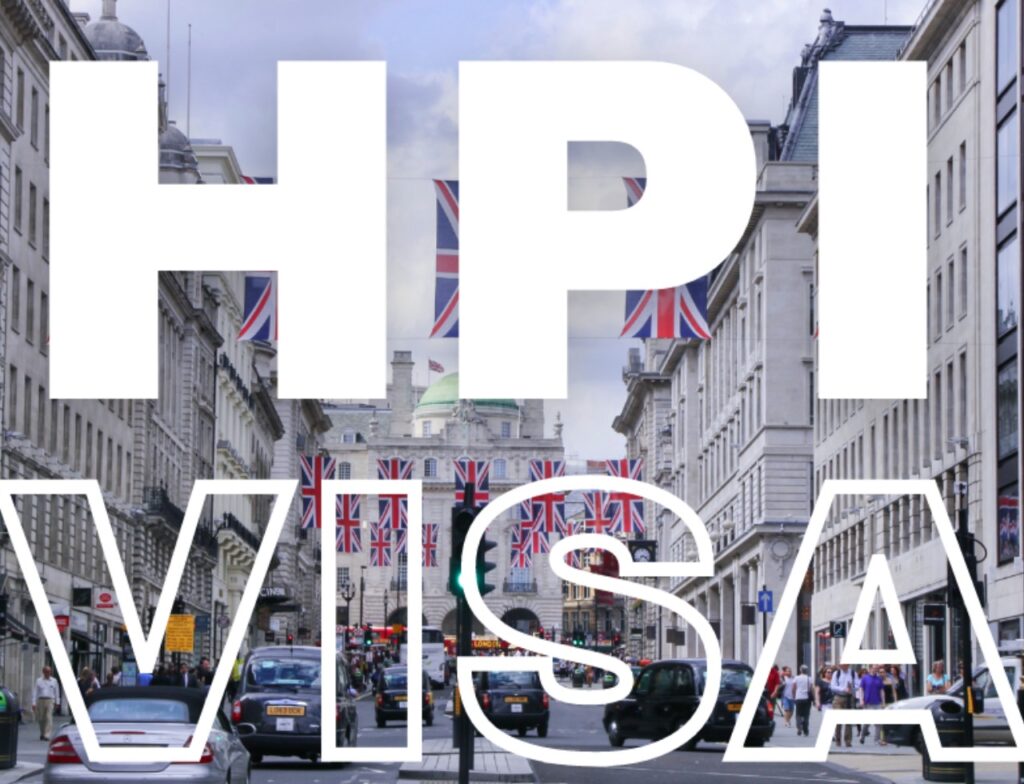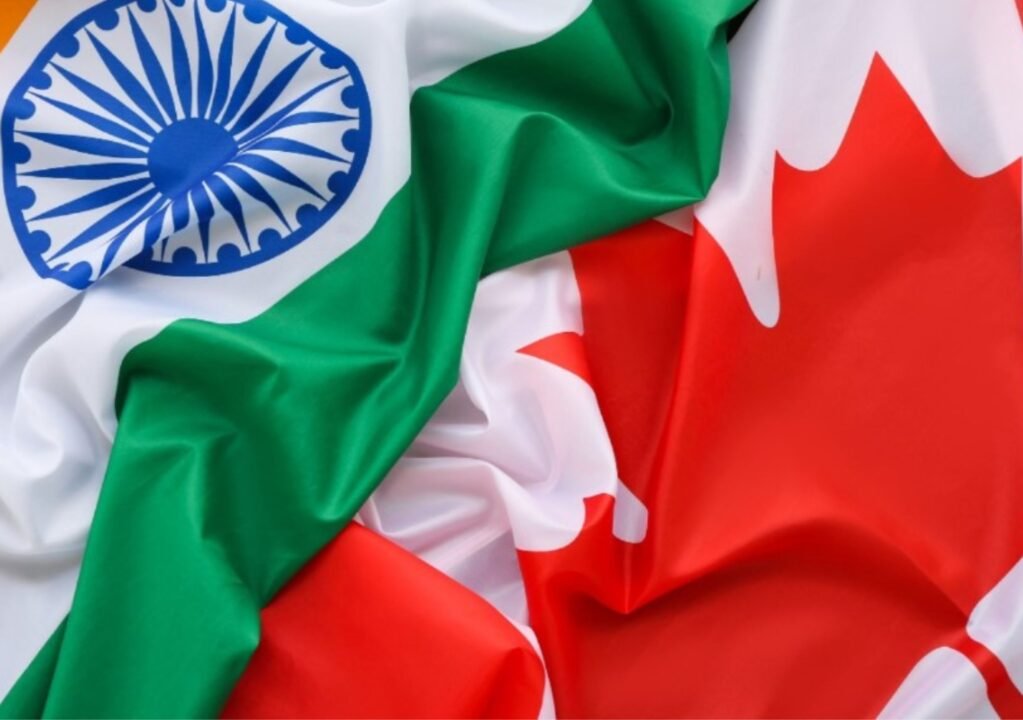Since July 1, 2024, Australia has raised visa charges for international students in an attempt to control record migration, exerting pressure on its housing sector. This has led to an increase in the visa fee from A$710 to A$1,600 ($1,068), meaning that Australia is relatively expensive as compared to other beautiful havens such as the United States and Canada.
Main shifts in Australia Student Visa Policy
1. Increased visa fees
The fee for the student visa has been increased from what used to be A$710 to A$1,600. This hike is part of Australia’s larger plan to approach the issue of migration and control the population’s impact on housing.
2. Restrictions on Visa Applications
The new changes include one that bars people who hold a visitor visa or a temporary graduate visa for students from applying for a student visa while in Australia. This measure is designed to eliminate weirs and loopholes that allow foreign students to overstay in the country.
3. Tightened English Language Requirements
Till March 2024, there has been reinforcement of some measures towards the student visa, such as those concerning the English language. Thus, this change is aimed at making sure that students have adequate linguistic proficiency to excel in their courses and embrace the Australian way of life.
4. Increased financial requirements
As a result of the changes, the levels of savings that foreign students must have have increased to A$29,710 ($19,823) from the earlier required figure of A$24,505. This is the second hike within a span of seven months, showing the government’s intention of helping students manage their studies without being stressed financially during their study period.
Effects on Prospective Students and the Education System
These changes make it more costly and may well make Australia less appealing to students from overseas than even the United States and Canada, where student visa fees range from $185 to C$150 ($110).
In his comments, Universities Australia CEO Luke Sheehy pointed out that policy pressure would not cease, claiming that “this is not good for our economy or our universities, both of which depend on the fees of international students.“ International education ranks as one of Australia’s biggest earners of foreign exchange revenue, valued at A$36.4 billion, to be injected into the economy within the financial year 2022-2023.
Broader Implications
Home Affairs Minister Clare O’Neil assured that these changes are designed as one of the steps to take back the honesty of the international education sector in Australia and build a fairer and more workable migration system. On subsequent visas, it was observed that each type had higher enrolments in 2022–2023. The total number of students increased by 30 percent, or over 150,000.
These measures may discourage some of the would-be students. Therefore, these are measures that capture prospective students and would improve their capability and probability of being beneficial to the economy and society in Australia.
Conclusion
Australia has recently decided on the intended increase in the fees controlling student visas as well as the application requirements that should be met. Australia has become a costly and competitive place to learn, where prospective students have to think much harder before they enroll. These reforms are designed specifically to build efficiency and equity for the benefit of the system of migration; however, they raised challenges in the educational sector and the economy since they depend on international students.





